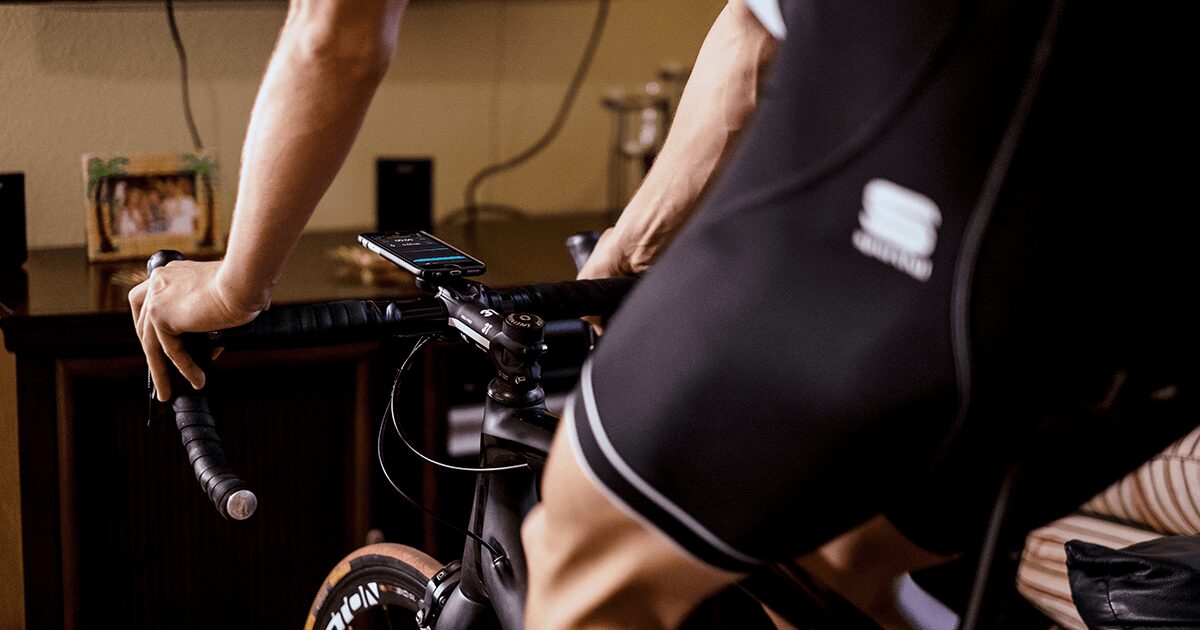Are most cyclists doing their base training wrong?

It’s traditional thinking that during winter when you’re doing base training you should be doing as long of rides as you can and at a very low intensity. This is the correct intention if you have enough time to bring about the type of adaptations you want. But there’s a catch.
The majority of cyclists are time crunched and they can’t do as long of rides as they wish. That’s the big issue.
What often ends up happening during base conditioning is a cyclist will get in the habit of riding very easily and at a low intensity. But, to their detriment, they actually don’t have enough time to get the type of gains they’re chasing. To earn gains, you have to provide a stimulus that outpaces what your body can do right now.
When a cyclist rides easy for an hour or two, which they’re likely already capable of doing, they’re not creating a stimulus for change. However, when they ride for 4 or 5 hours at a relatively easy pace, that usually exceeds what they’re used to. If they don’t have those long durations to ride on a regular basis, they have to exceed their capabilities with intensity or, again, they’re not achieving a stimulus that later brings with it a change.
If you want to see gains from riding at a low intensity you have to ride a lot. This kind of volume requires a cyclist to dedicate around 12-20 hours a week to training. If you don’t have that kind of time, which most cyclists don’t, then it’s best to commit to another base-conditioning approach.
Key Takeaway
Many cyclists are doing their base training at low intensity with good intention. The trouble is, they often don’t have the circumstances in their life that allow them to ride as many hours as they need to achieve real fitness gains.
Action Item
Figure out how many hours you can realistically dedicate to training this winter, keeping how much stress your body can take in mind. Once you have your number, you can confidently decide the approach to base training you should take.
This is one section of my Winter Training Guide. Read the full guide here to discover 11 coaching tips to help you become a faster cyclist right now.

